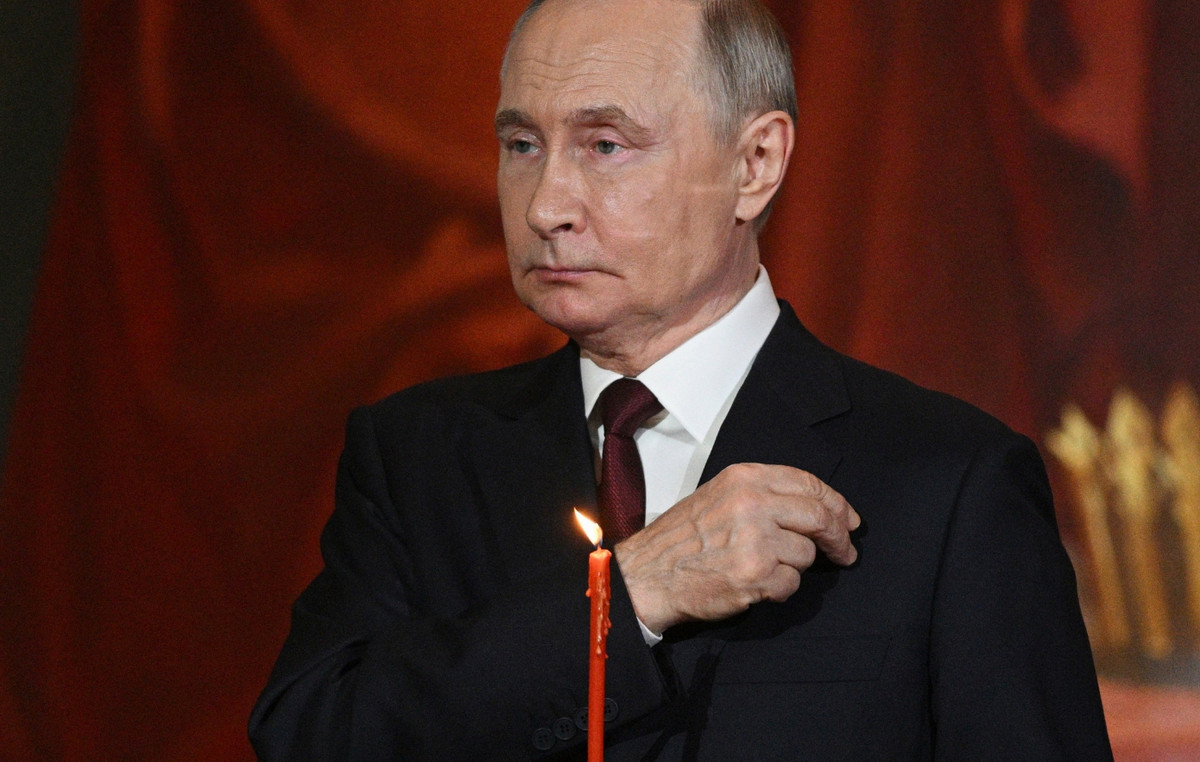- EUR/GBP rebounds from 0.8386, the lowest level since August 2022.
- ECB’s Lagarde suggested that the outlook for growth remains uncertain.
- The British pound could limit its losses as investors view UK markets as a more attractive investment destination.
EUR/GBP halts its losing streak, trading around 0.8400 during European hours on Monday. The Euro could find support as expectations for further rate cuts by the European Central Bank (ECB) fade. Investors expect inflationary pressures to remain steady through 2024.
ECB President Christine Lagarde stressed a cautious stance this month, saying: “The strong labour market means we can take time to gather new information, but we must also bear in mind that the outlook for growth remains uncertain.”
On the other hand, the British Pound (GBP) could limit its losses as investors see UK markets as a more attractive investment destination compared to the European Union, which is facing political uncertainties. The decisive victory of Keir Starmer’s Labour Party has ensured stable fiscal policies and smooth ministerial appointments.
The UK’s new chancellor, Rachel Reeves, has pledged to stimulate growth and investment, focusing on the supply side due to the government’s limited spending capacity. This commitment comes amid growing uncertainty over the timing of the Bank of England’s (BoE) rate cuts, which has been a significant factor in GBP strength. Traders anticipate that the BoE will begin lowering interest rates at the August meeting.
Traders will assess eurozone industrial production numbers for May on Monday, which may provide additional insight into European Central Bank policy. On the UK front, the Office for National Statistics (ONS) will publish inflation and employment data later in the week.
Interest Rates FAQs
Financial institutions charge interest rates on loans to borrowers and pay them out as interest to savers and depositors. These are influenced by base interest rates, which are set by central banks based on economic developments. Central banks are typically mandated to ensure price stability, which in most cases means targeting an underlying inflation rate of around 2%.
If inflation falls below target, the central bank can cut base interest rates, in order to stimulate lending and boost the economy. If inflation rises substantially above 2%, the central bank typically raises base lending rates to try to reduce inflation.
In general, higher interest rates help strengthen a country’s currency by making it a more attractive place for global investors to park their money.
Higher interest rates influence the price of Gold because they increase the opportunity cost of holding Gold rather than investing in an interest-bearing asset or depositing cash in the bank.
If interest rates are high, the price of the US Dollar (USD) usually rises and since Gold is priced in dollars, the price of Gold falls.
The federal funds rate is the overnight rate at which U.S. banks lend to each other. It is the official interest rate typically set by the Federal Reserve at its FOMC meetings. It is set within a range, for example 4.75%-5.00%, although the upper limit (in this case 5.00%) is the figure quoted.
Market expectations for the Federal Reserve funds rate are tracked by the CME’s FedWatch tool, which measures the behavior of many financial markets in anticipation of future Federal Reserve monetary policy decisions.
Source: Fx Street
I am Joshua Winder, a senior-level journalist and editor at World Stock Market. I specialize in covering news related to the stock market and economic trends. With more than 8 years of experience in this field, I have become an expert in financial reporting.







